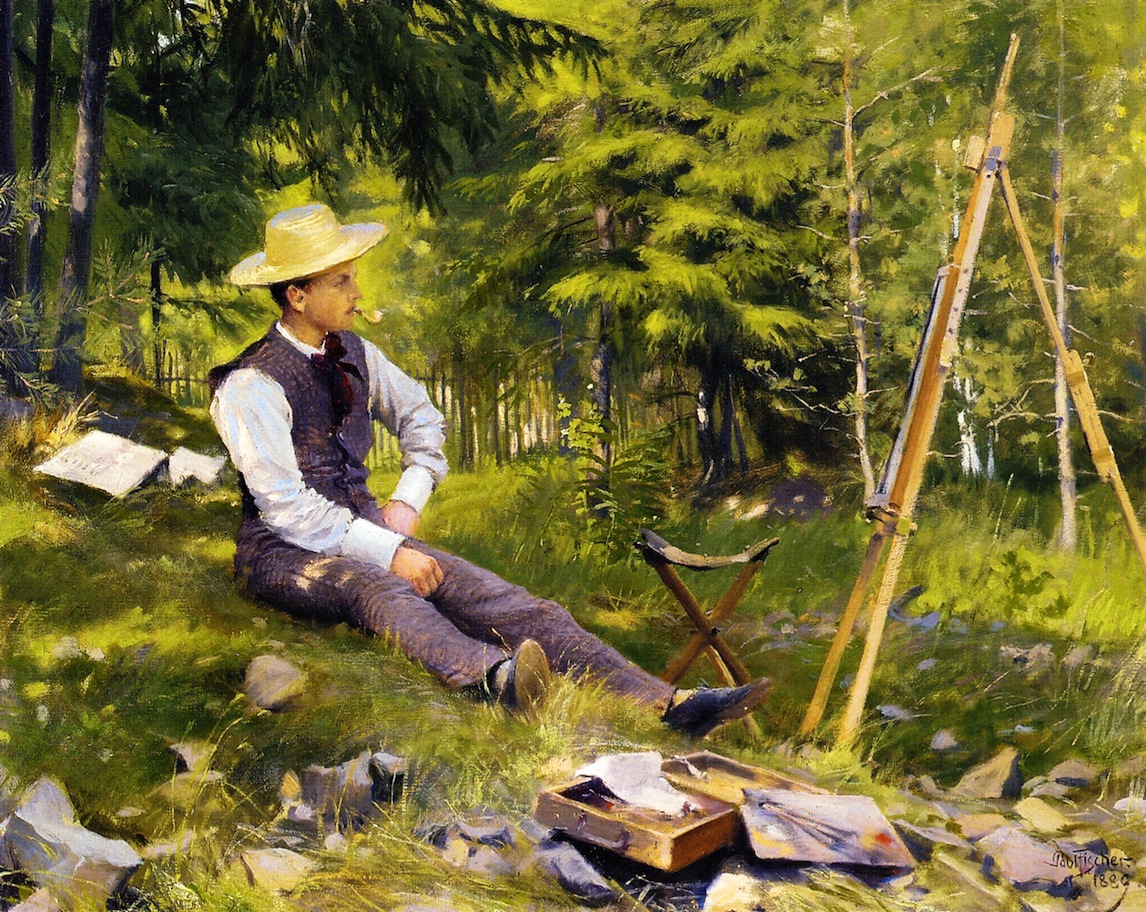
Art is an integral part of our cultural heritage, and paintings are a timeless form of artistic expression that has captivated people for centuries. From art enthusiasts to interior designers, corporate clients to art investors, and art collectors, many people buy paintings for various reasons. Hence, understanding the demographic of our target audience is essential for any art-related business to cater to their preferences effectively. In this blog, we’ll dive deeper into the topic of who buys paintings and explore the different groups of people that buy paintings and their preferences and buying habits.
Here’s what we know about the people who buy paintings.
Who Buy Paintings?
Art enthusiasts
Art enthusiasts are people who have a deep passion for art, and they enjoy collecting paintings. They are usually strongly interested in art history and attend various art events, exhibitions, and auctions. Besides this, they understand the value of original artwork and are willing to pay a premium price. This group prefers art pieces that convey a story or have an emotional connection. Moreover, they are also more likely to buy from established and well-known artists.
Interior designers and decorators
Interior designers and decorators are another groups of people who buy paintings. Firstly, they use paintings as a way to enhance the overall aesthetics of a space. Secondly, they often have a good eye for matching colors and styles and look for paintings that complement the room’s theme. Interior designers and decorators usually buy paintings from emerging artists to incorporate unique and fresh designs into their projects.
Corporate clients
Corporate clients are another group of people who buy paintings. They usually purchase art pieces for their offices or commercial spaces. Hence, these clients look for paintings that align with their brand’s values and enhance the ambiance of their workspace. Corporate clients often commission artists to create custom pieces that reflect their business objectives and messaging.
Art investors
Art investors are individuals who buy paintings as an investment. They purchase artwork with the expectation that the value will increase over time, and they can resell it for a profit. This group tends to focus on established artists or up-and-coming artists with growth potential. Besides this, they keep track of art market trends and invest in paintings with a high appreciation probability. Art investors often attend art auctions and exhibitions to find investment opportunities, easily answering the question of who buys paintings.
Art collectors
They are individuals who buy paintings for personal collections. They have a passion for art and take pride in curating a unique collection. Further, this group usually focuses on a particular artist, style, or period and is willing to pay a premium for rare or significant pieces. Art collectors often loan their artwork to museums or galleries for public display; some even create private galleries for others to enjoy.
Art buyers by age
The age of art buyers is an essential factor to consider. Different generations have different preferences and buying habits when it comes to art. Here’s a breakdown of art buyers by age group:
Baby boomers (born 1946-1964): Baby boomers are the largest demographic of art buyers. They grew up during a time when art was a symbol of status and wealth, and they were more likely to buy traditional artwork from established artists.
Generation X (born 1965-1980): Generation X is a smaller demographic of art buyers. They tend to have a more eclectic taste in art and prefer contemporary pieces.
Millennials (born 1981-1996): Millennials are the fastest-growing demographic of art buyers. They are more likely to buy art online. Additionally, they drawn towards socially and politically relevant art.
Gen Z (born 1997-2012): Gen Z is a new emerging demographic of art buyers. They are just starting to enter the workforce and are interested in art. This group is drawn to unique and unconventional art pieces.
Conclusion
In conclusion, understanding who buys paintings is critical for any art-related business. Art enthusiasts, interior designers, corporate clients, art investors, and art collectors are the primary groups of people who buy paintings. Moreover, the age of the art buyer is also an essential factor to consider, as each generation has different preferences and buying habits. Lastly, as an art-related business, we should cater to the needs and preferences of our target audience to effectively market our products and services. If you are searching for paintings, feel free to get in touch with us, and we will help you find the most attractive painting.

